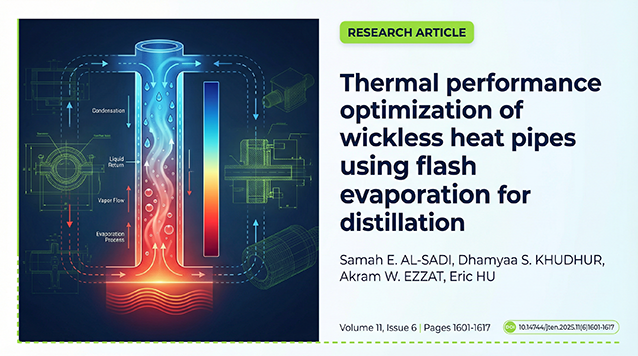2Department of Energy Systems Engineering, Karabuk University, 78050, Türkiye
Abstract
Determination of thermal insulation performance (i.e. optimum insulation thickness, energy saving and payback period) is a tedious and time-consuming task that requires a thorough knowledge in thermal insulation engineering and economics. The main goal of this paper is to make the determination of insulation performance simple and timesaving by introduc-ing thermal insulation performance curves (TIPCs) from which the insulation performance can easily be found for any climate condition and all economic factors related to energy and insulation. These curves were generated based on a life-cycle cost analysis (LCCA) method. The curves can be easily read based on a single factor, called the f-factor, which comprises the number of degree-day, coefficient of performance, present worth factor, energy cost, and insu-lation cost. With the gain of heating and cooling degree days (i.e. HDD and CDD), TIPCs can be used for both heating and cooling loads. TIPCs cover commonly used insulation materials for building walls with thermal conductivities range from 0.020 to 0.055 W/m K. TIPCs were validated against published data.























